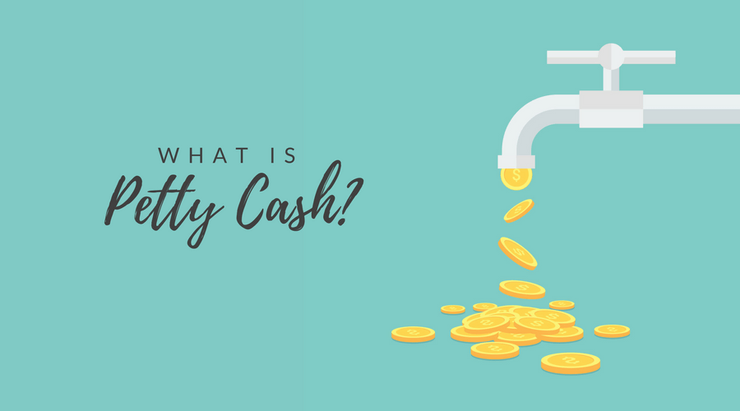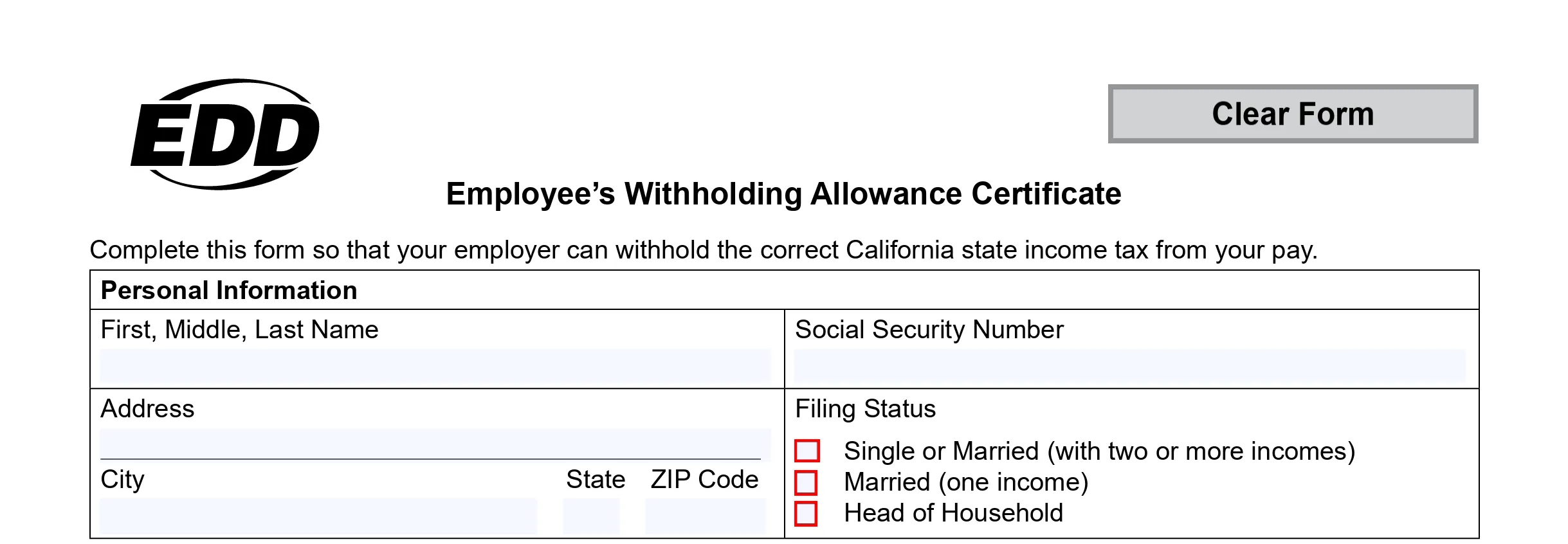Petty Cash

Is simply any physical cash your business keeps on hand to pay for small, unplanned expenses.
The most common ways that small businesses spend their petty cash are:
- Office supplies
- Coffee and snacks
- Postage
- Fuel and parking for work trips
- Reimbursements to employees for small expenses
- Any other unpredictable expenses that are too small to write a check for
Many small businesses don’t have a formal system for petty cash. Owners will simply pay out of pocket for small expenses and hope nothing goes wrong.
In order to keep an orderly record of the expenses paid with Petty Cash, we will share with you the most important steps. That way you make sure the expenses are track and you take the deduction when filing your taxes, you don’t want to miss it and over pay!
Step1. Choose a place specially dedicated to keeping your Petty Cash. It can be a box.
Step 2: Choose a petty cash custodian. Why one person? Making a single person responsible for petty cash cuts down on confusion and minimizes the risk of theft. Some tips about that:
- Make sure everyone with access to petty cash funds knows what they’re for, and provide some examples of typical petty cash expenses to make sure there’s no confusion.
- Make sure everyone uses the petty cash log. (See step 5 below)
Step 3: Set an initial amount, a replenishment threshold, and a withdrawal limit
How much petty cash should you keep on hand? between $100 and $200 is good to start.
Use your judgment, and put less into the petty cash fund than you think you need, you can always increase the amount later.
Step 4: Write a check or go to an ATM to petty cash and record it into the accounting software the following way:
Account Debit Credit
Bank $150
Petty Cash $150
Step 5: Create a petty cash log. You also need a log to keep track of all the expenses you’re making using your petty cash. Google Drive sheets are the easy way to do that and you can share with the custodian person the expenses you made.
See an example below:
DAY 1
Account Debit Credit
Starting Petty Cash Balance $150
Gas/Fuel $35
Printing $10
Office Expenses $15
Coffee & Snacks $5
Total Cash Remaining $85
DAY 2
Account Debit Credit
Starting Petty Cash Balance $85
Gas/Fuel $15
Office Expenses $10
Total Cash Remaining $60
You may also choose to use petty cash vouchers. The stack of vouchers plays the role of a log. Anyone making a disbursement from petty cash writes a voucher that includes:
- The amount disbursed
- The date
- The person getting the money
- The reason for the disbursement
- The account being charged
- A signature of the person making the disbursement.
- Attach the original receipt
Step 6: Once the balance of the petty cash available is too low, print your log and attach all the receipts. Issue a new check for the total of all the expenses paid. That way the balance of Petty Cash goes back to the original thershold amount.
Step 7: Audit of Petty Cash. At all times the sum of cash available and all receipts paid must equal your initial balance ($150 in the example). If the amount of cash in the lockbox doesn’t match the amount recorded in the balance column, it means someone made an error recording information into the log, or that some of the petty cash has gone missing. It is important you audit the petty cash frecuently.
Send the Petty Cash log with the receipts to your bokkeeper to be enter in your books so all expenses are accurately factor in your financial statements.
If you found this information helpful please like and share.
Need help? Contact us at [email protected] or by phone (510) 992-3499
Visit our website: www.mybooksntaxes.com



